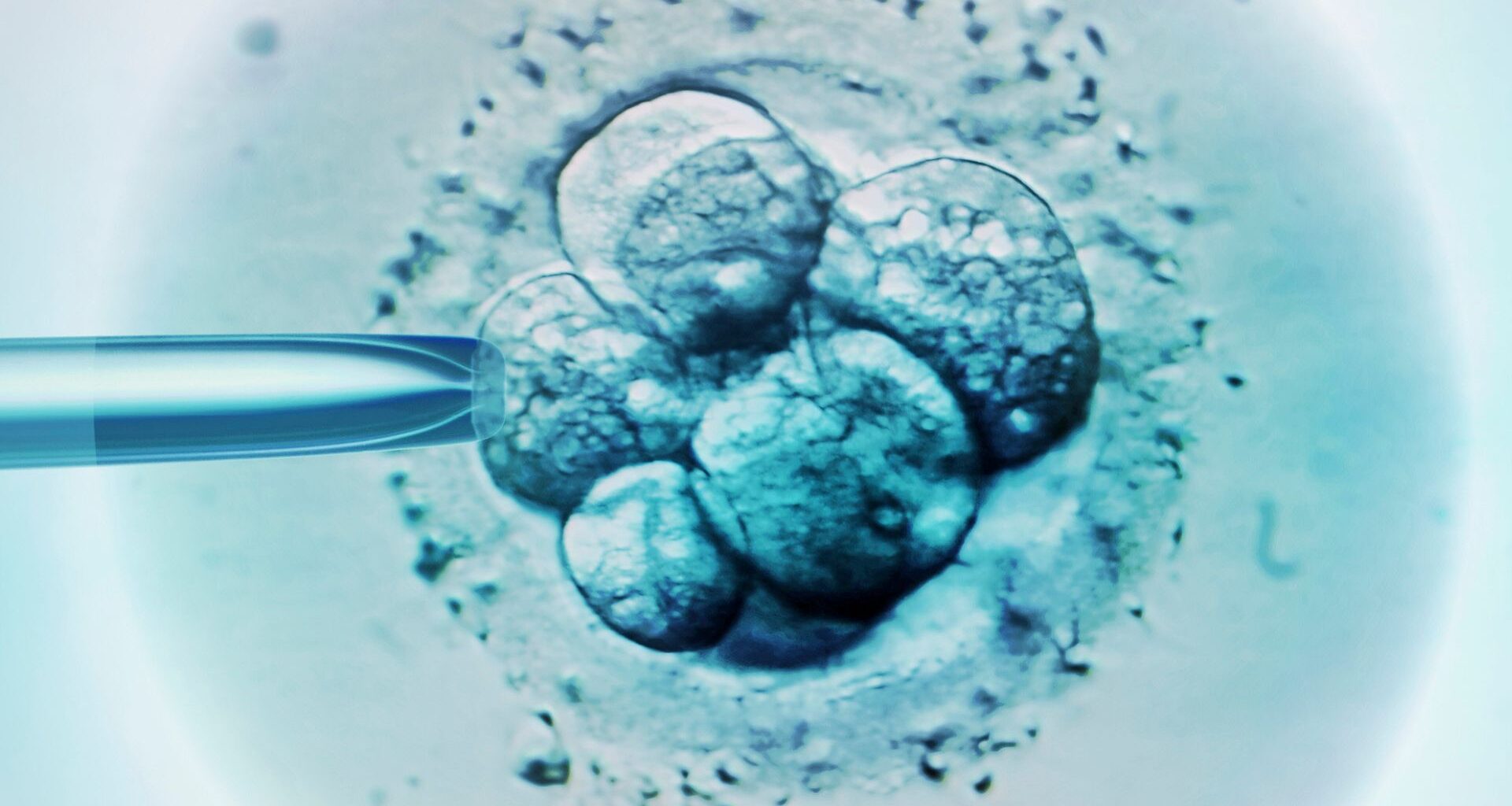United Kingdom doctors have reported eight healthy births via innovative DNA-enhanced IVF.
This groundbreaking technique aims to prevent children from inheriting severe, incurable mitochondrial diseases from their mothers.
Newcastle University announced that all eight babies are free of mitochondrial DNA disease.
The babies were born to seven mothers at high risk of passing on severe mitochondrial DNA diseases. They gave birth to eight babies – four girls and four boys, including identical twins.
The families involved in the process have released anonymous statements.
The mother of a baby girl born said, “As parents, all we ever wanted was to give our child a healthy start in life. Mitochondrial donation IVF made that possible. After years of uncertainty this treatment gave us hope—and then it gave us our baby. We look at them now, full of life and possibility, and we’re overwhelmed with gratitude. Science gave us a chance.”
Three-source strategy
Mitochondria, the cell’s powerhouses, possess a small DNA segment that holds only a fraction of the instructions needed for energy production.
When this mitochondrial DNA has harmful mutations, it can severely limit energy to tissues like the heart, muscles, and brain. It can often lead to developmental delays and a shortened lifespan.
Globally, about one in 5,000 newborns are affected, often with severe symptoms such as vision loss and muscle weakening.
The new IVF-based mitochondrial donation technology is called Pronuclear Transfer, or Mitochondrial Donation Treatment (MDT).
This novel IVF method utilizes DNA from three sources: the mother’s egg, the father’s sperm, and healthy mitochondrial DNA from a donor.
Children conceived via this technique inherit the vast majority of their DNA from their biological parents.
However, they also receive a minute amount (roughly 0.1%) of healthy mitochondrial DNA from a third person, a genetic alteration that will be passed down to future generations.
The press release explained that pronuclear transfer is a technique performed after egg fertilization.
It involves transferring the nuclear DNA (responsible for individual traits) from an egg with a mitochondrial DNA mutation into a donor egg that has had its own nucleus removed.
The resulting embryo then has the parents’ nuclear DNA but healthy mitochondrial DNA from the donor. This embryo is then implanted, leading to a pregnancy.
Reduction in mutated mitochondrial DNA
The study showed a remarkable 95-100% reduction in mutated mitochondrial DNA for six of the babies.
The remaining two babies also saw a substantial reduction of 77-88%, which is safely below the point where disease would occur.
All children were healthy at birth, with only minor, treatable issues observed in a few cases.
Among them, one child was treated for a urinary infection, another experienced muscle jerks that resolved spontaneously, and a third received treatment for high blood fat.
The journey to this point has been long and meticulous. After the UK changed its laws in 2015 to allow the procedure, a dedicated team at Newcastle Fertility Centre of Newcastle University, which pioneered the technique, received the first license in 2017.
The procedure, though medically successful, reportedly remains controversial and unapproved in many countries, including the US and France.
Ethical objections from opponents include the destruction of human embryos and concerns about “designer babies.”
The details of this new procedure were published in the New England Journal of Medicine.

